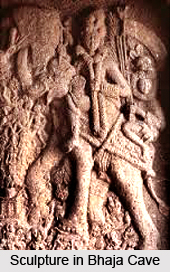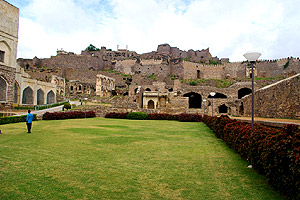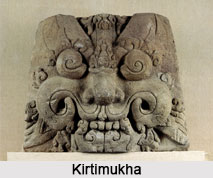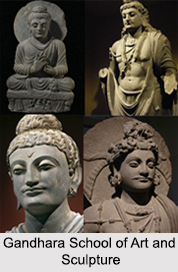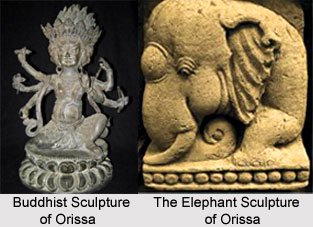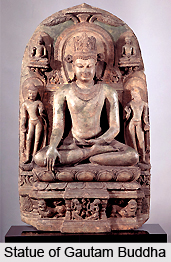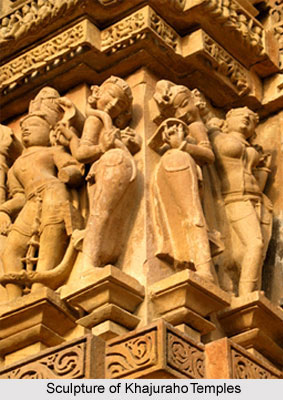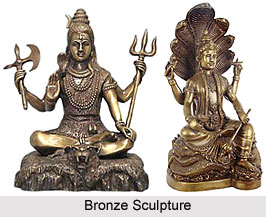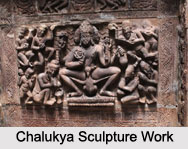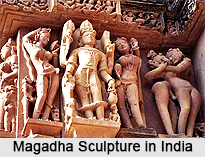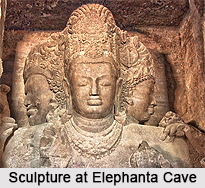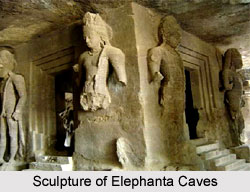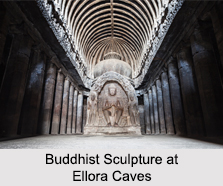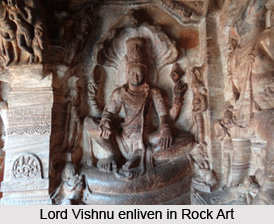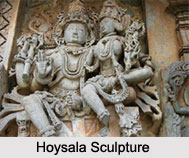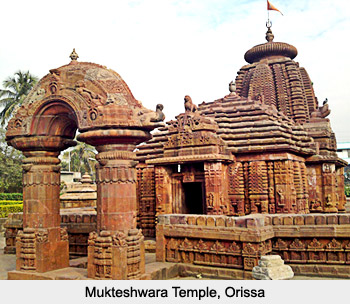The love and passion that Shah Jahan had for art and sculpture was unprecedented. Hence the sculptures during Shah Jahan era echo the same passion and love. The grandeur of these sculptures is worth noticing. The architecture of the buildings till date remains the finest amongst the many Mughal monuments.
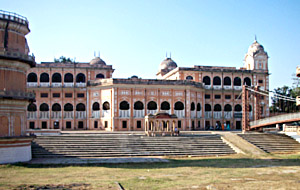 The buildings during the reign of Shah Jahan were built by following the idioms of the Mughal architecture and Mughal sculptures. This is evident from the sculpture of Taj Mahal. The features of Mughal sculpture like calligraphy and foliage designs engraved on the walls of the Taj Mahal. One of the key features of the Mughal architecture was the use of marble as a building material. Most of the monuments built by Shah Jahan used this material. But the sculpture of Red Fort was carved out of red sandstone.
The buildings during the reign of Shah Jahan were built by following the idioms of the Mughal architecture and Mughal sculptures. This is evident from the sculpture of Taj Mahal. The features of Mughal sculpture like calligraphy and foliage designs engraved on the walls of the Taj Mahal. One of the key features of the Mughal architecture was the use of marble as a building material. Most of the monuments built by Shah Jahan used this material. But the sculpture of Red Fort was carved out of red sandstone.
However the mosques and mausoleums stuck to the conventional material: the white marble. A number of mosques were part of Shah Jahan`s monuments. These included the remarkable sculpture of Moti Masjid (Lahore), Jahangir`s Tomb and sculpture of Jama Masjid (Agra). On the other hand the architecture and sculpture of Sheesh Mahal truly reflected the Mughal opulence. The sculpture during Shah Jahan era was not restricted to the palaces and mosques. In fact the sculpture of Lahore Fort is also worth noticing.
